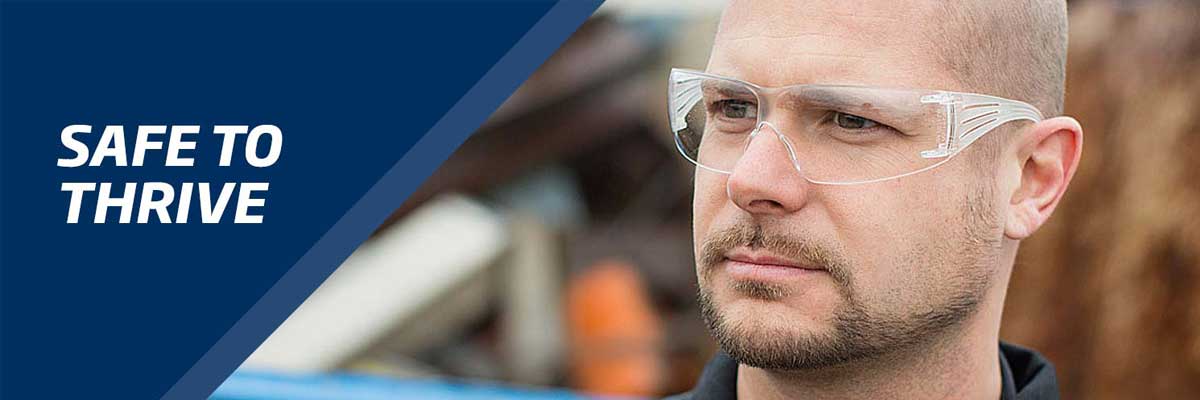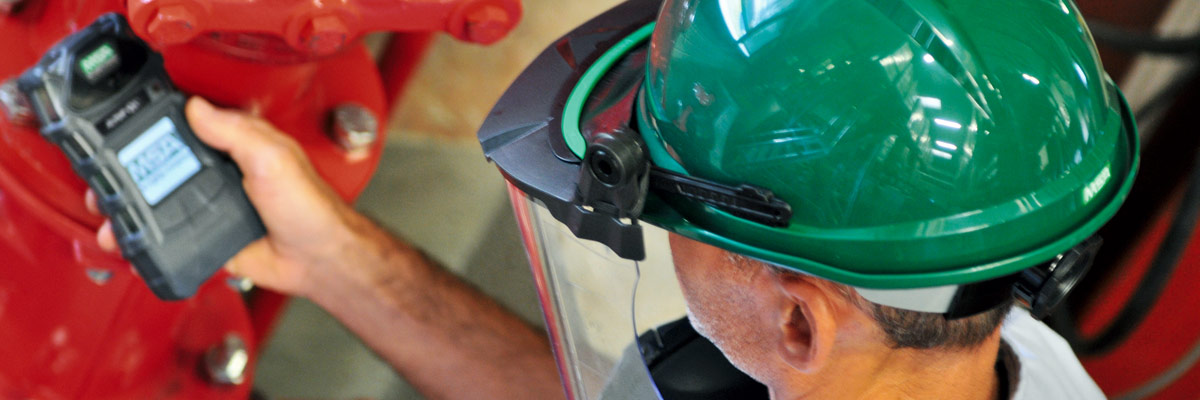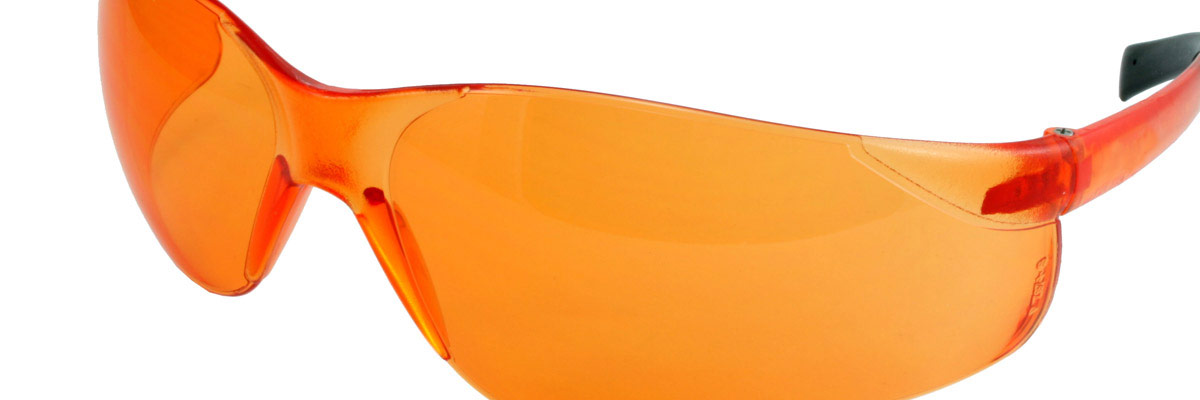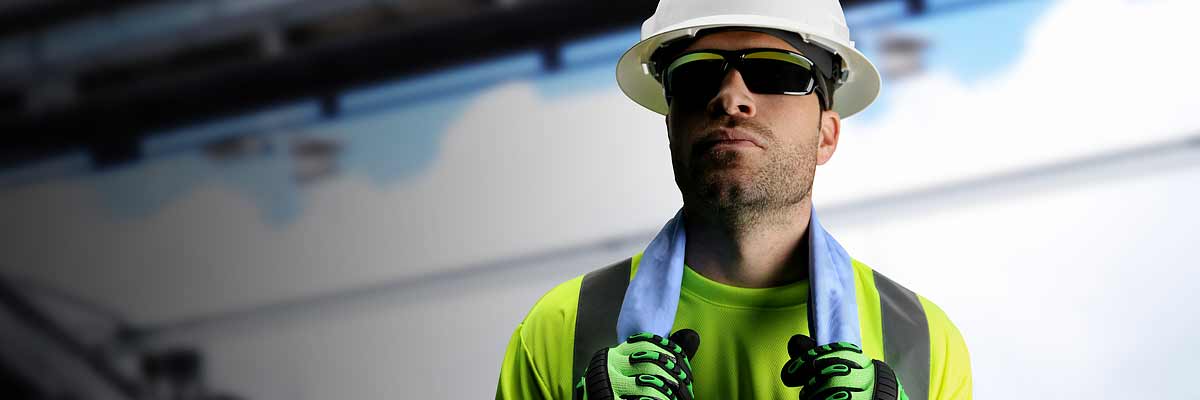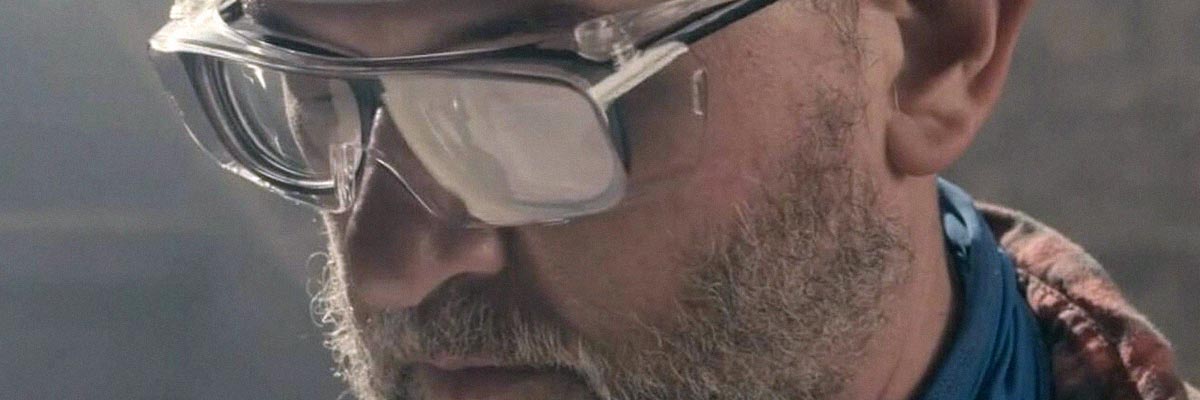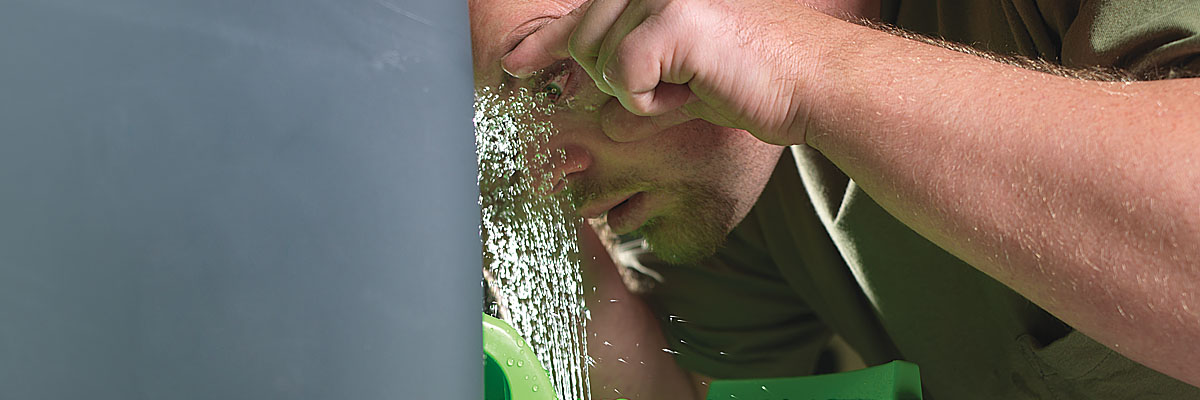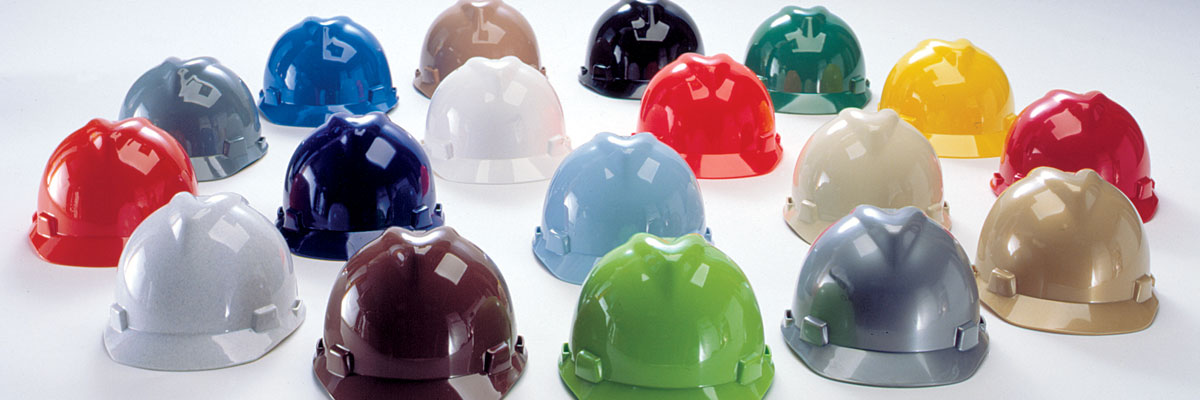Eye and Head Protection
- SPI
[Webinar Recap] Keep Your Eyes on Safety
Unfortunately, eye hazards exist in nearly every sector and industry.
Sustaining an eye injury can have devastating outcomes for workers and their family. When a worker’s vision is damaged, his quality of life, ability to work, and do simple tasks are greatly affected.
- SPI4/8/2025
Hard Hats Have an “Expiration Date” Too!
It may be easy to know when to replace your work boots, or even easier to know when your workwear needs to be thrown out. The same is true for your eye protection. Simply take a good look at these items—if you can spot holes, if the seams are falling apart, if the soles are worn, or if the glass is scratched, it’s time to get rid of them. It’s even easier when an expiration date is printed on your work gear!
- SPI7/15/2024
What Are the Different Types of Safety Eyewear?
Choosing the wrong eyewear can have severe consequences for the user. That’s why it’s essential to know about the different types of safety eyewear and to consider their uses and benefits.
- SPI4/12/2024
How to fully understand and use protective headgear
Regardless of the type of safety helmet (construction safety helmet, welding safety helmet, etc.), it is important to always be attentive to its effectiveness. Many elements can cause damage to your head protection equipment and the following paragraphs will enlighten you on the subject.
- SPI5/5/2023
Honeywell UVEX HydroShield® Anti-Fog: The Clear Choice for Safety Eyewear
Fog is the #1 challenge faced by safety eyewear users. Productivity and safety are at risk when a worker’s view is obstructed due to condensation buildup on their lenses. Learn how the Honeywell UVEX HydroShield® eyewear offers innovative technology with a consistent, long-lasting, distortion-free view.
- SPI11/1/2022
Choosing the right lens tint for your safety glasses
Eye protection against thrown objects, dust or splashing had been for a long time the main, if not the only function of safety glasses. Medical and technological breakthroughs allowed us to better understand the adverse effects of the light on the eyes and develop more specialized protective equipment.
- SPI3/7/2022
PIP Canada hard hats: local products that perform
Like the welder’s torch, the hard hat has become an essential piece of health and safety equipment for any worker over the years. However, it can be complicated to find the hard hat that best suits you and your work requirements.
- SPI10/8/2021
Pyramex H2MAX: durable and efficient anti-fog
You are working, and suddenly, fog is all over your safety glasses. No doubt you have encountered this situation in your career. But then, it becomes difficult to get rid of it, and rubbing the lenses too much can damage them. Even worse, this situation can occur in critical moments.
- SPI8/4/2021
Emergency showers and eyewash stations - Top 6 reasons for non-compliance
The first 10 to 15 seconds after exposure to a hazardous substance, especially a corrosive substance, are critical. Delaying treatment, even for a few seconds, may cause serious injury.
- SPI5/6/2021
A Clear Approach to Safety: How Abom HEET Revolutionized Fog-free Goggles
It’s a scenario that’s all too often encountered on the slopes. Outside, the temperature is cool, crisp, and perfect for shredding. But behind your goggles exists a little terrarium. Cold air on the outside, warm air on the inside—the ideal conditions for condensation and poor visibility.
- SPI11/11/2020
The essentials of standard CSA Z94.1 on security helmets
Since the last revisions in 2016, the standard CSA Z94.1 ensures that all workers using head protection equipment are always compliant and use gear adapted to their work environment. Our experts answer your most frequent questions about safety and construction hard hats as well as welding helmets.
- SPI9/1/2020
A Beginner’s Guide to Emergency Showers and Eyewash Stations
Many workers face hazardous chemicals on a daily basis, and although safety practices have greatly improved throughout the years, accidental chemical exposure can still occur. This means it is crucial to look beyond the use of face shields, glasses, or PPE procedures, and to have the right emergency eyewash station and shower in your workplace.



